Lettings Legislation and Regulations - Safety Certificates
There are a myriad of regulations that Landlords should be aware of when letting out a property. We are going to be running a series of articles on this subject over the next few weeks to summarise what the minimum requirements and meanings are that can affect you.
If you would like any further information or assistance with the management of a property, please contact our helpful, knowledgeable and friendly team at Iles and Jenkin.
Electrical Inspection and Condition Reports
Electrical Inspection Condition Reports examine each circuit and electrical installation in a property. Those that are considered a risk will be listed as ‘observations’ and given an individual grade:
C1 (danger present)
C2 (potentially dangerous)
C3 (improvement recommended)
Code FI (further investigation required without delay)
If any installation or installations within the property are given a C1, C2, or Code FI grade, then the property as a whole will be given an unsatisfactory report. If the property is deemed unsatisfactory, the landlord has a legal obligation to complete remedial works within 28 days. If no observations or only C3 observations are made, the property will be given a satisfactory report, and no further action is legally required.
Since 2021, all tenancies in the UK, whether new or existing, have required an EICR, and they must be updated every five years. This means there will be a big spike in EICR due dates in 2025 and 2026 — leading to contractor shortages and price rises.
We will be keeping a close eye on the due dates and by using our regular and trusted contractors, ensure timely legal compliance as well as sensible costings with no contractor uplift.
Energy Performance Certificates
Each EPC is issued by a qualified domestic energy assessor (England, Northern Ireland and Wales) or representative from a government-approved organisation (Scotland) who carries out a non-invasive survey. An assessor will look at factors including a building’s walls, flooring, roof insulation and boilers to determine its efficiency. A separate rating, an EIR (Environmental Impact Rating), is also given to measure a property’s carbon dioxide emissions. This, too, is measured from A to G.
Do need an EPC?
All rental homes in England, Wales, Scotland and Northern Ireland must have an EPC. In England, Wales and Scotland they must meet the Minimum Energy Efficiency Standard, which is currently an ‘E’ rating. A home which does not meet this standard cannot be let. Northern Ireland does not have a minimum standard.
How long does an EPC last?
An EPC lasts ten years. As long as the property meets the minimum standard required to let a property, the same certificate can be used for different tenancies during this ten-year period. After this, a new survey must be carried out.
Current Efficiency Requirements
Since 1 April 2020, landlords can no longer let or continue to let properties covered by the MEES Regulations if they have an EPC rating below E, unless they have a valid exemption in place.
If you are currently planning to let a property with an EPC rating of F or G, you need to improve the property’s rating to E, or register an exemption, before you enter into a new tenancy.
If you are currently letting a property with an EPC rating of F or G, and you haven’t already taken action, you must improve the property’s rating to E immediately, or register an exemption.
If your property is currently empty, and you are not planning to let it, you don’t need to take any action to improve its rating until you decide to let it again.
A change to the minimum rating was announced on 7th February 2025. From 2030, the minimum rating required will now be a ‘C’ with exemptions for properties that cannot meet this target (after a minimum spend requirement to bring it to its maximum level). You can find our blog post with more information regarding this here -
Penalties
If a local authority confirms that a property is (or has been) let in breach of the Regulations, they may serve a financial penalty up to 18 months after the breach and/or publish details of the breach for at least 12 months. Local authorities can decide on the level of the penalty, up to maximum limits set by the Regulations.
The maximum penalties amounts apply per property and per breach of the Regulations. They are:
up to £2,000 and/or publication penalty for renting out a non-compliant property for less than 3 months
up to £4,000 and/or publication penalty for renting out a non-compliant property for 3 months or more
up to £1,000 and/or publication for providing false or misleading information on the PRS Exemptions Register
up to £2,000 and/or publication for failure to comply with a compliance notice
The current maximum amount you can be fined per property is £5,000 in total.
*If new fines are announed, we will update, fines are correct as of 6/2/25
Fire risk assessments
As a landlord in the UK, you have a legal responsibility to ensure that the properties you manage meet fire safety regulations. This includes installing smoke and carbon monoxide alarms, maintaining fire doors in flats and HMOs, and ensuring that fire protection is in place between flats and escape routes.
Complete a thorough fire risk assessment
Fire risk assessments are a statutory requirement for every rented property. These assessments should identify potential fire hazards, evaluate the risks associated with these hazards, and recommend appropriate control measures to mitigate those risks.
Identify potential fire hazards: This includes identifying sources of ignition, combustible materials, and possible fire spread routes.
Evaluate the risks: Assess the likelihood of a fire occurring and the potential severity of the consequences.
Recommend control measure: Implement measures to eliminate or reduce the risk of fire, such as installing fire alarms and extinguishers, maintaining fire doors, and providing fire safety training to tenants
The law says that fire risk assessments must be reviewed regularly, but does not give a specific time period. We recommend that you review yours every three to five years, and every time the property is updated in a way that might change its risk in the event of a fire.
Install smoke and carbon monoxide alarms
There should be smoke and carbon monoxide alarms on every floor of your properties and in any room with a solid fuel-burning appliance. Ensure alarms are installed in the correct location and at the appropriate height
Fire doors
Front doors of flats must be fire doors to stop the spread of heat and smoke in the event of fire. Ensure that these fire doors are self-closing and that they don't bang shut — tenants annoyed by fire doors are more likely to prop them open, eliminating their usefulness.
Gas Safety Certificates
What is a gas safety certificate?
A gas safety certificate, sometimes known as a CP12, certifies that the gas appliances in a property are safe to use.
Landlords letting properties with a gas supply must:
Arrange for a Gas Safe engineer to inspect all gas appliances and flues before a tenant takes up occupation.
Provide a Gas Safety Certificate to tenants before they move in.
Ensure gas safety checks are undertaken every 12 months and certificates are provided to tenants within 28 days.
What does a gas safety check involve?
A Gas Safe registered engineer tests landlord-provided appliances, fittings and flues in a property for any defects. This check is recorded as a legal document and must be provided for tenants. The gas safety certificate must by law include certain kinds of information.
What does a gas safety check involve?
A Gas Safe registered engineer tests landlord-provided appliances, fittings and flues in a property for any defects. This check is recorded as a legal document and must be provided for tenants. The gas safety certificate must by law include certain kinds of information.
What do gas safety regulations say?
Under the Gas Safety (Installation and Use) Regulations 1998, landlords have a duty to make sure gas appliances, fittings and flues provided for tenants are safe.
Annual safety checks are required every 12 months but can be carried out between 10 and 12 months from the point of the previous check.
Legionella Risk Assessment
Property managers are legally obligated to conduct Legionella Risk Assessments (LRAs) under the Health and Safety at Work Act 1974 to protect the health and safety of occupants. LRAs should be performed by qualified individuals with the expertise to assess and manage Legionella risks. Hiring a water hygiene specialist ensures compliance and provides guidance on minimising the risk of Legionnaires' disease.
The industry standard for LRAs is that they should be conducted every two years. However, the Approved Code of Practice L8 (ACoP L8) states that inspections should be carried out when there is reason to believe that the risk may have changed. This could include (but is not limited to):
If the property’s water system has been changed, moved or damaged.
If a case of Legionairre’s disease has been reported.
If the residents are a particularly vulnerable population, such as elderly people.
If you need any asssitance in understanding the regulations or would like our help ensuring your rental property is compliant, please do not hesitate to contact one of our friendly team and we will make sure that you are set up correctly and prepared for any changes.
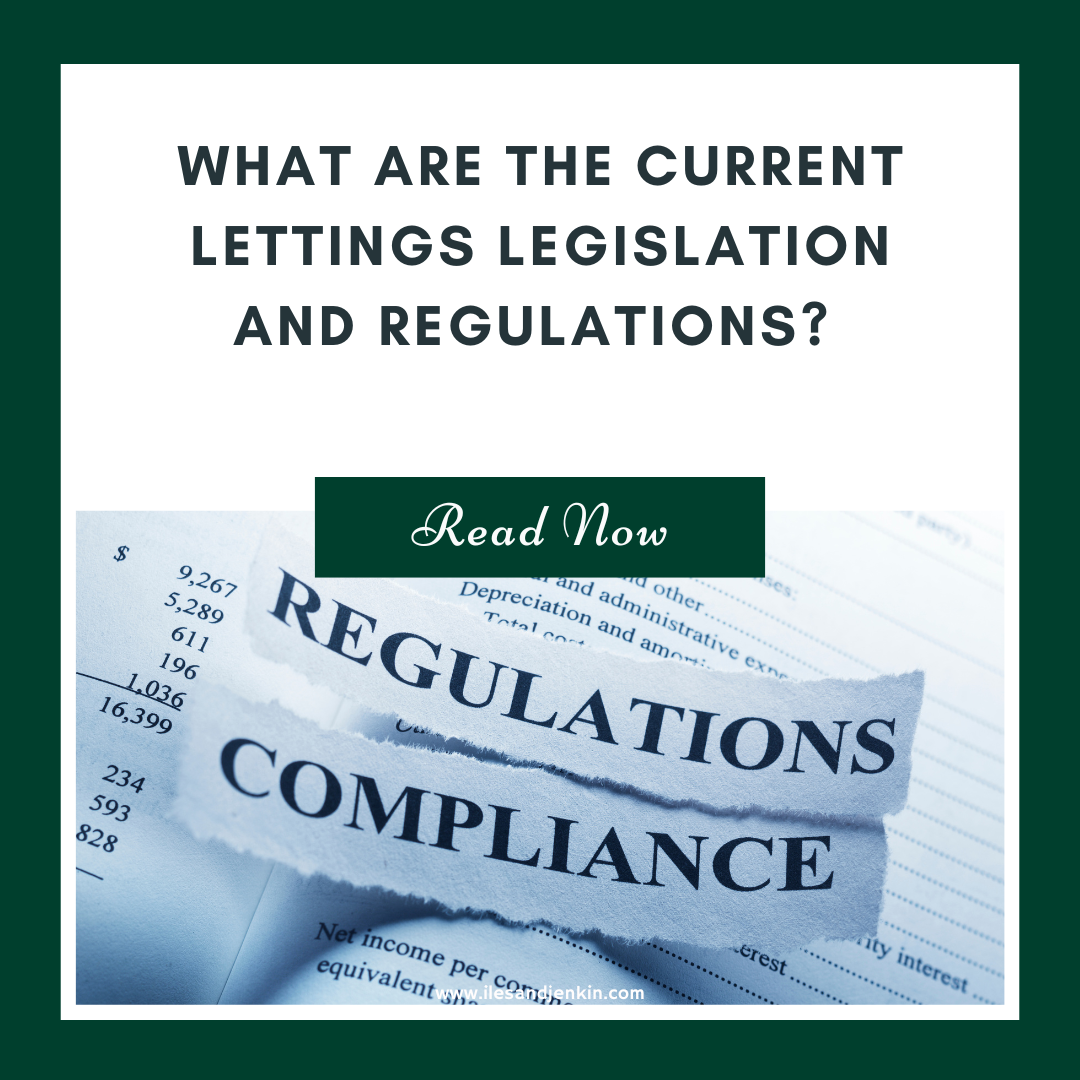
 By
By 
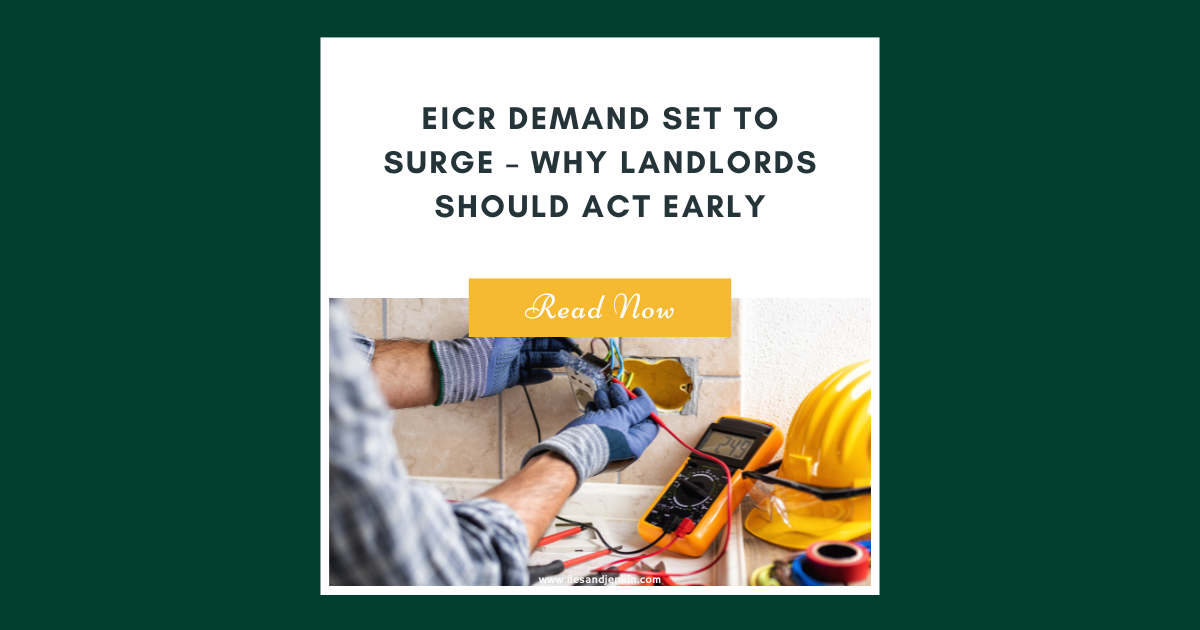
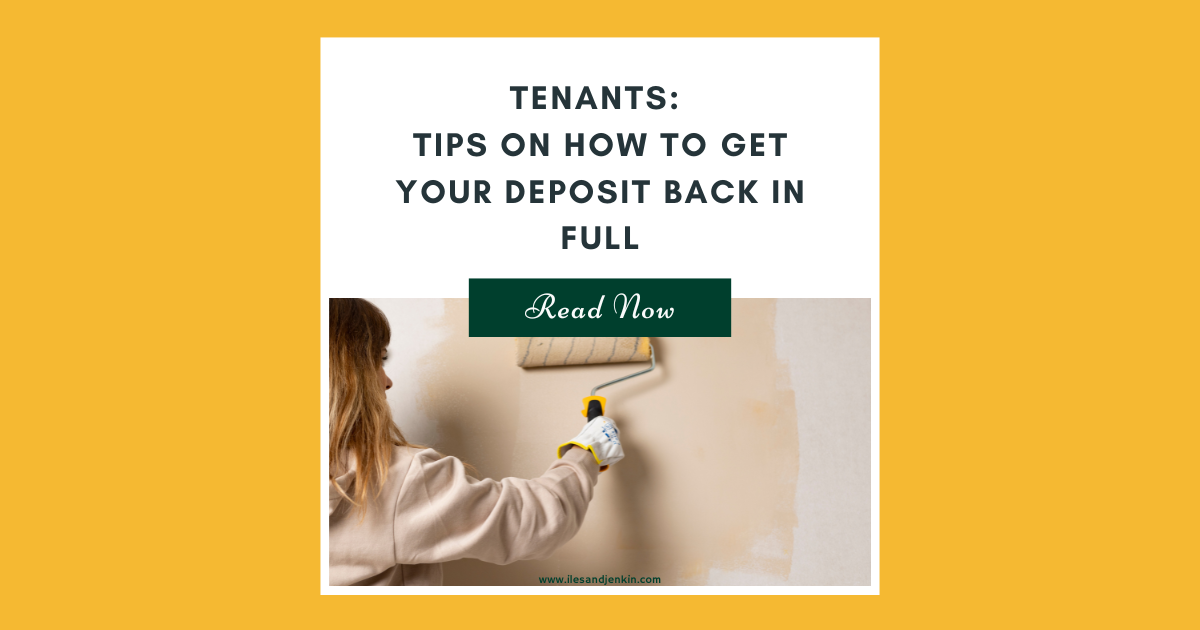
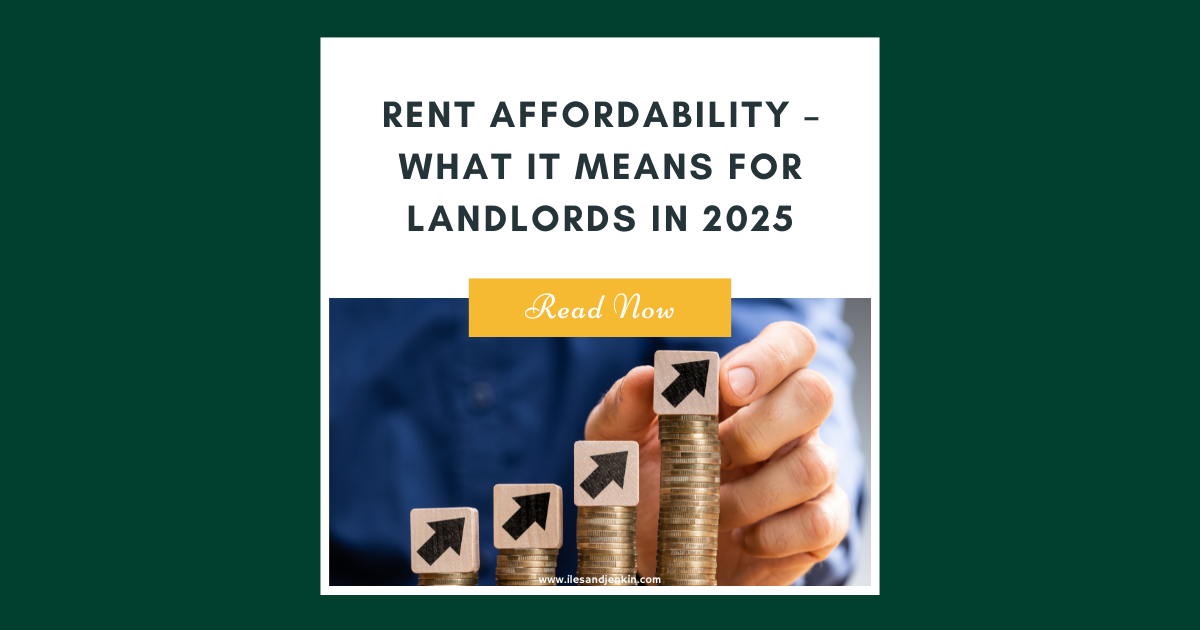
Share this with
Email
Facebook
Messenger
Twitter
Pinterest
LinkedIn
Copy this link